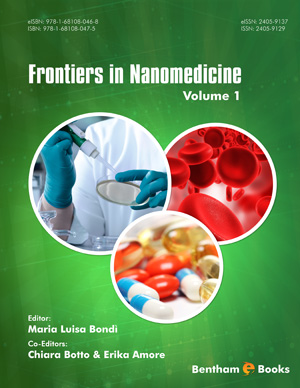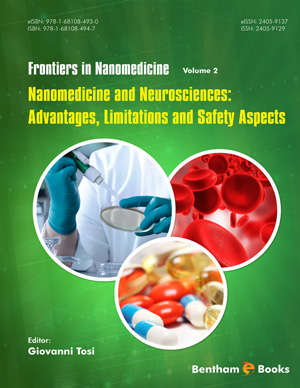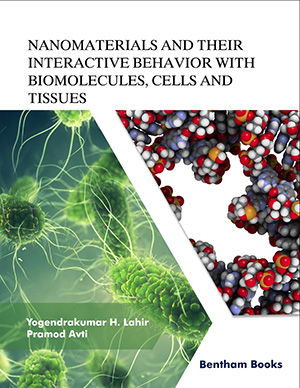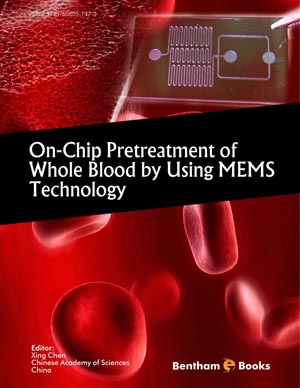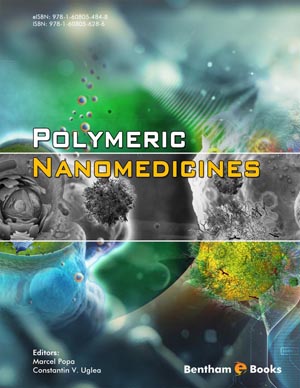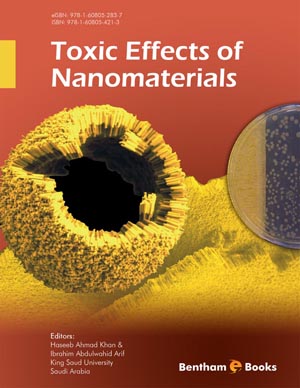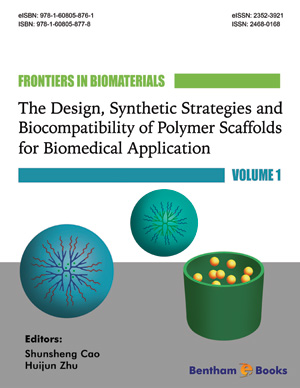Abstract
The physiologic upper limit of pore size in the blood-tumor barrier of cancer microvasculature is approximately 12 nanometers, independent of whether cancer location is in the brain and the central nervous system, or outside, in peripheral tissues. Chemotherapy drugs in clinical use are less than 1 to 2 nanometers in diameter and can readily extravasate across the blood-tumor barrier to enter the extravascular compartment of cancer tissue. However, these small molecule chemotherapy drugs maintain peak blood concentrations for only a few minutes, and therefore, do not accumulate to high concentrations within individual cancer cells in the extravascular compartment. Spherical nanoparticles in the 7 to 10 nanometer size range maintain peak blood concentrations for several hours and are sufficiently smaller than the 12 nm physiologic upper limit of pore size within the blood-tumor barrier to accumulate to high concentrations within individual cancer cells. The Gd-G5-doxorubicin dendrimer is an imageable nanoparticle bearing chemotherapy within the 7 to 10 nanometer size range. Doxorubicin attachment to the Gd-G5-doxorubicn dendrimer via the pH-sensitive covalent hydrazone bond facilitates efficient intracellular release of doxorubicin and doxorubicin accumulation in cancer cell nuclei. One dose of the Gd-G5-doxorubicin dendrimer is significantly more effective than one dose of free doxorubicin at inhibiting the growth of RG-2 rodent brain cancers for 24 hours. The therapeutic efficacy of the Gd-G5-doxorubicin dendrimer in vivo stems from the effective transvascular delivery of doxorubicin across the blood-tumor barrier into individual brain cancer cells and doxorubicin accumulation to high concentrations within brain cancer cell nuclei. It is foreseeable that such imageable nanoparticles bearing chemotherapy, which are within the 7 to 10 nanometer size range, will also demonstrate therapeutic efficacy in the treatment of cancers located outside the brain and central nervous system.
Keywords: Blood brain barrier; cancer; chemotherapy; nanoparticles; doxorubicin; dendrimer; magnetic resonance imaging; tumour cells, microvascular; gadolinium.




